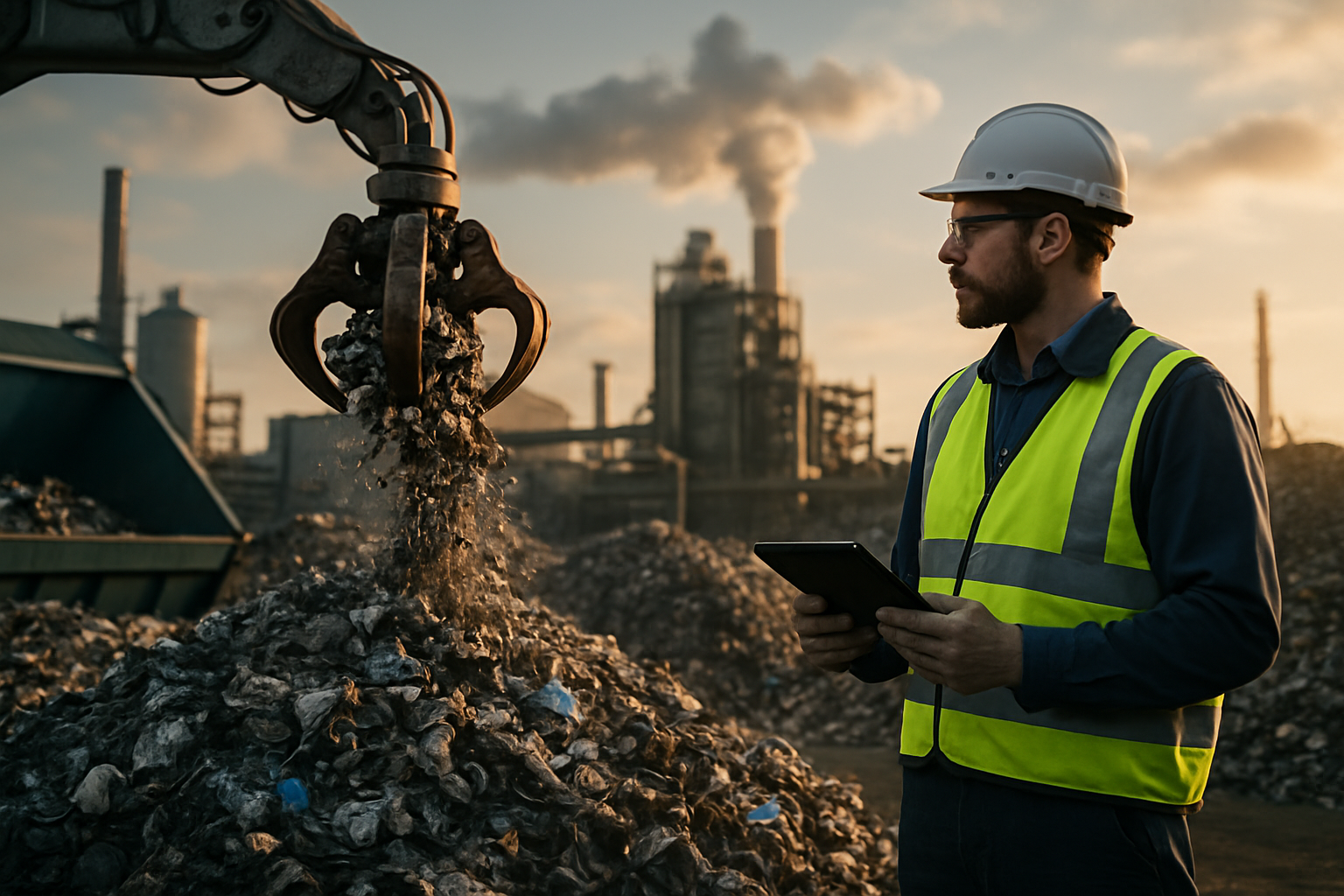Understanding Risks from Fibrous Building Materials
Fibrous building materials, particularly those containing asbestos, present significant health and environmental risks if not managed properly. Historically used for its durability and fire-resistant properties, asbestos is now recognized as a hazardous substance. Understanding the potential dangers, how to identify these materials, and the correct procedures for handling them is crucial for maintaining safety in any building environment, especially during renovation or demolition activities.

Identifying Hazardous Fibrous Materials and Associated Health Risks
Asbestos refers to a group of naturally occurring fibrous minerals that were widely used in building materials due to their heat resistance, strength, and insulating properties. Common applications included roofing, flooring, insulation, and cement products. However, when these materials are disturbed, tiny asbestos fibers can become airborne. Inhaling these microscopic fibers can lead to serious health issues, including asbestosis, lung cancer, and mesothelioma, a rare and aggressive cancer affecting the lining of the lungs, abdomen, or heart. The toxic nature of these fibers poses a long-term risk to anyone exposed.
The Importance of Professional Asbestos Inspection
Given the potential health hazard, a professional asbestos inspection is a critical first step for any property owner or manager, especially before any planned building work. Certified inspectors can identify asbestos-containing materials (ACMs) within a structure, assess their condition, and determine the level of risk they pose. This inspection process involves visual assessments and, if necessary, taking samples for laboratory analysis. Ensuring safety is paramount, and accurate identification of these materials is crucial for informed decision-making regarding their management or removal.
Managing Asbestos During Renovation and Demolition Projects
Renovation and demolition projects carry an elevated risk of disturbing ACMs, potentially releasing dangerous fibers into the environment. Planning is essential to protect workers, occupants, and the surrounding community. Before any work begins, a comprehensive asbestos survey should be conducted. If ACMs are present, specific protocols for containment and removal must be followed. This ensures that the property remains safe and that the project complies with all relevant health and safety regulations, minimizing environmental impact and protecting public health.
Asbestos Abatement, Remediation, and Containment Strategies
When ACMs are identified and deemed a risk, professional asbestos abatement and remediation are necessary. Abatement involves the controlled removal of asbestos, while remediation focuses on cleaning and restoring affected areas. Containment strategies, such as sealing off work areas with plastic sheeting and using negative air pressure systems, are crucial to prevent the spread of fibers. Specialized equipment and trained personnel are required to perform these tasks safely and effectively, ensuring a thorough clean-up and proper handling of the hazardous material.
Compliance and Safe Disposal of Asbestos Waste
Proper asbestos disposal is a highly regulated process designed to protect the environment and public health. All asbestos waste, once removed, must be securely packaged, labeled, and transported to designated landfills equipped to handle hazardous materials. Strict compliance with local, national, and international regulations is mandatory throughout the entire process, from initial inspection to final disposal. This ensures that the toxic waste does not contaminate soil or water and that the fibers do not become airborne again, safeguarding the broader community.
Estimated Costs for Asbestos Removal Services
The cost of asbestos removal can vary significantly based on several factors, including the type and amount of asbestos-containing material, its location within the structure, accessibility, and regional regulations. Minor projects involving small, easily accessible materials will naturally incur lower costs than extensive remediation efforts in hard-to-reach areas. It is advisable to obtain multiple quotes from certified abatement contractors to understand the scope and associated expenses for your specific property.
| Service Type | Provider | Cost Estimation (USD) |
|---|---|---|
| Asbestos Material Testing | Certified Environmental Lab | $50 - $150 per sample |
| Asbestos Air Quality Testing | Certified Environmental Lab | $200 - $600 |
| Minor Asbestos Removal (e.g., pipe wrap) | Certified Abatement Contractor | $500 - $2,000 |
| Moderate Asbestos Removal (e.g., floor tiles) | Certified Abatement Contractor | $2,000 - $5,000 |
| Major Asbestos Removal (e.g., entire roof/insulation) | Certified Abatement Contractor | $5,000 - $30,000+ |
Prices, rates, or cost estimates mentioned in this article are based on the latest available information but may change over time. Independent research is advised before making financial decisions.
Understanding the risks associated with fibrous building materials like asbestos is fundamental for protecting health and ensuring structural integrity. From initial inspection to professional abatement and compliant disposal, each step is crucial in managing this hazardous substance. Prioritizing safety through informed decisions and adherence to established protocols helps create healthier environments for everyone involved in building maintenance, renovation, or demolition projects.





